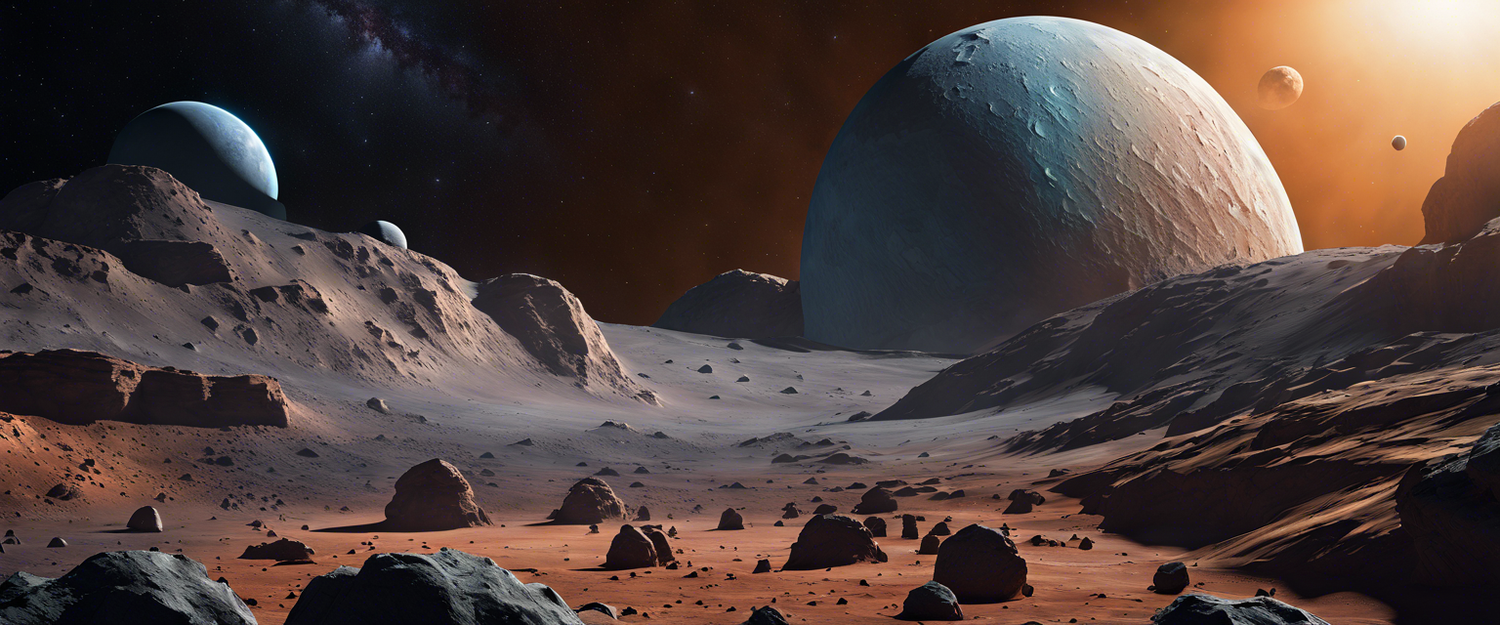The Hera Mission: A New Chapter in Asteroid Research
On October 7, 2024, the European Space Agency (ESA) successfully launched its Hera mission, marking a significant milestone in planetary defense and asteroid research. This ambitious mission aims to study the Didymos asteroid system, which was previously targeted by NASA's DART (Double Asteroid Redirection Test) mission in 2022. The Hera mission is a crucial step in understanding the dynamics of asteroid systems and enhancing our preparedness for potential future threats from space.
Understanding Didymos: A Dual Asteroid System
Didymos is a binary asteroid system comprising two asteroids: Didymos A and Didymos B. The DART mission successfully impacted Didymos B, altering its trajectory and providing essential data for further study. The Hera mission will play a complementary role by conducting detailed observations and analyses of the aftermath of this impact.
Objectives and Goals of the Hera Mission
ESA's Hera mission has several primary objectives:
- Post-Impact Analysis: To study the crater created by DART's collision and assess the changes in Didymos B's surface.
- Orbital Dynamics: To observe the binary system's dynamics and understand the gravitational interactions between Didymos A and B.
- Morphology and Composition: To gather data on the asteroids' physical characteristics, such as size, shape, and material composition.
- Planetary Defense Insights: To provide valuable insights into the effectiveness of kinetic impact as a method for asteroid deflection.
Technological Innovations
The Hera spacecraft is equipped with advanced scientific instruments designed to gather high-resolution data about the asteroid system. One of its key tools is the Multi-Spectral Camera (MSC), which will capture detailed images of the asteroid's surface in various wavelengths.
Significance of Hera for Future Missions
The insights gained from the Hera mission are expected to pave the way for improved planetary defense strategies. By understanding how asteroid impacts affect their structure and trajectory, scientists can better prepare for potential asteroid threats to Earth.
Public Engagement and Education
The Hera mission aims to engage the public in space exploration through educational initiatives and outreach programs. ESA encourages schools and communities to participate by providing resources and tools related to space science.
Conclusion
With the launch of the Hera mission, the European Space Agency is poised to enhance our understanding of asteroids and the potential risks they pose. As we continue to explore our solar system, missions like Hera remind us of the importance of planetary defense and the scientific advancements that accompany space exploration.
Stay Informed on Space Research
For more updates on space missions and research, follow our blog or visit the European Space Agency's official website.



Leave a comment
All comments are moderated before being published.
This site is protected by hCaptcha and the hCaptcha Privacy Policy and Terms of Service apply.